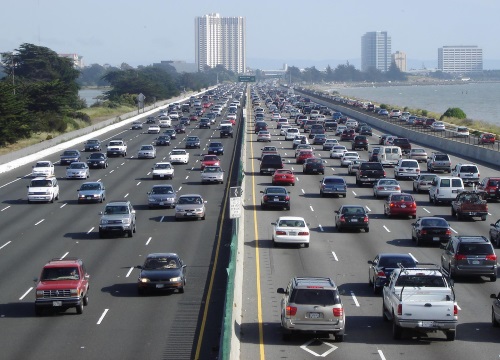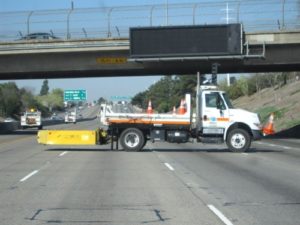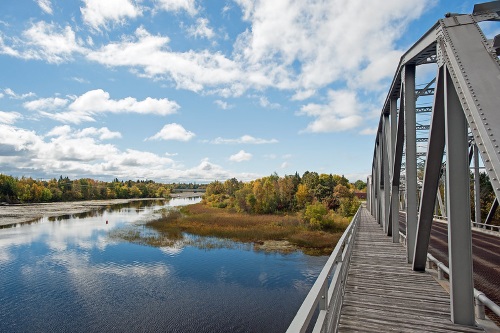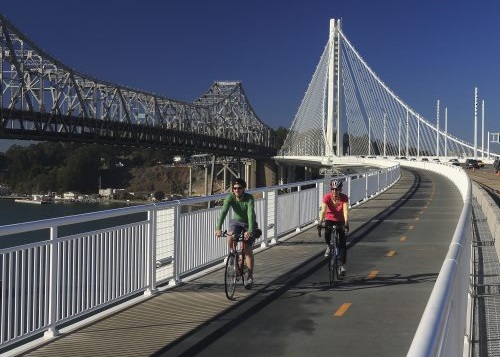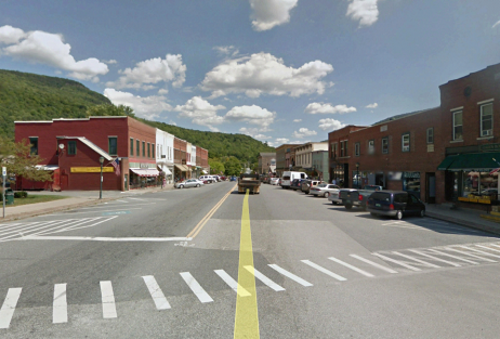A roundup of headlines curated for state transportation environmental professionals
FEDERAL ACTION
AASHTO, Industry Letters Highlights Immediate Fiscal Need of State DOTs – AASHTO Journal
Five things Congress can do to save transit – Transportation for America (Blog)
Senate still quiet as House moves forward on infrastructure – Politico
21 state attorneys general sue over new Trump water rule – AP
Environmentalists threaten suit over push to transport liquefied natural gas by rail – The Hill
COVID-19
Transportation safety: A growing COVID-19 concern – Safety+Health
Creating COVID-19 Jobs Through Small Transportation Projects Endorsed – KXAS-TV
COVID-19 quarantines reduce seismic noise across the globe – CNET
NEPA
White House Updates Bedrock Environmental Rules, Setting Up Legal, Legislative Battle Over Energy, Infrastructure Permitting – National Law Review
INFRASTRUCTURE RESILIENCE AND SUSTAINABILITY
Caltrans Releases Freight Plan, Final Two Climate Reports – AASHTO Journal
Florida moves ahead with more electric-vehicle plans – Fresh Take Florida
Illinois River Infrastructure Updates Could Improve Basis – Ag Web
Amtrak Sustainability Report – Amtrak
MnDOT releases annual sustainability report – Minnesota DOT (Press release)
Rhode Island’s First-Ever Infrastructure Report Delivers Mixed Marks – Engineering News-Record
Will Clean Energy Projects Face Troubles That Have Bedeviled Pipelines? – New York Times (Opinion)
Recent gutting of regulations is inhibiting adequate review of renewable energy projects – The Hill (Opinion)
AIR QUALITY
A Surprise Surge in Air Pollution May Be Causing More Coronavirus Complications – Elemental
US says it will adopt global climate standards for aviation – KSAT
ENVIRONMENTAL JUSTICE
EPA Must Focus on Environmental Justice, Inspector General Says – Bloomberg Law
NATURAL RESOURCES
Closing a Concocted Clean Water Act Loophole – The Regulatory Review (Opinion)
Conservation Groups Support Lawsuit To Overturn “Waters of the United States” Rule – SGB Media
A community approach to improving water quality – News-Press (Opinion)
HEALTH AND HUMAN ENVIRONMENT/ACTIVE TRANSPORTATION
Google Maps just made it way easier to rent a bike in 10 cities – Mashable
DC-area leaders approve transportation network to serve walkers, cyclists – WTOP Radio
Do bicycles slow down cars on low speed, low traffic roads? Latest research says ‘no’ – Portland State University
Teleworking Can Reduce Car Travel – But Not As Much As You May Think – KPBS
TRB RESOURCES/ANNOUNCEMENTS
2021 Transportation Research Board Annual Meeting is Going Virtual – TRB
TRB Webinar: The Relationship between Bicycle Facilities and Increasing Bicycle Trips – TRB (Webinar announcement)
U.S. Transportation Secretary Chao Releases Pathways to the Future of Transportation – USDOT (Press release)
FEDERAL REGISTER NOTICES
National Emission Standards for Hazardous Air Pollutants Rubber Tire Manufacturing Residual Risk and Technology Review – EPA (Final rule)
Air Plan Approval; WA; Interstate Transport Requirements for the 2010 Sulfur Dioxide National Ambient Air Quality Standards – EPA (Proposed rule)
Intent to Prepare a Draft Environmental Impact Statement for a Proposed Landfill Expansion within Wetlands that Drain to Burnetts Mill Creek at the Existing Regional Landfill off Merged U.S. Routes 58, 13, and 460 in Suffolk, Virginia – Army Corp of Engineers (Notice of intent)
Information Collection Request Number 2265.04; Proposed Information Collection Request; Comment Request; Information Collection Activities Associated With the SmartWay Transport Partnership – EPA (Notice)

